The Growing Demand for Sustainable Fashion Designers: Your Path to a Green Future
Sustainability is no longer just a buzzword in the fashion industry — it is a necessity. As consumers become increasingly aware of the environmental impact of their choices, the demand for sustainable fashion designers is skyrocketing. This shift represents an incredible opportunity for aspiring designers to contribute to a greener future while carving a niche in the competitive world of fashion.
1. Why Sustainable Fashion Matters
The fashion industry is one of the largest polluters in the world. From excessive water usage in textile production to the staggering amount of waste generated by fast fashion, the need for eco-conscious practices has never been greater. Sustainable fashion addresses these issues by:
- Reducing Environmental Impact: Utilizing eco-friendly materials and processes.
- Promoting Ethical Practices: Ensuring fair wages and safe working conditions for workers.
- Encouraging Longevity: Designing durable, timeless pieces that reduce waste.
By pursuing a career in sustainable fashion, you can play a pivotal role in transforming the industry.
2. The Rise of Conscious Consumers
Modern consumers are more informed than ever. They actively seek brands that align with their values, such as environmental conservation and ethical labour practices. Key trends driving the demand for sustainable fashion include:
- Eco-Friendly Materials: Fabrics like organic cotton, recycled polyester, and bamboo are gaining popularity.
- Circular Fashion: Concepts like upcycling and clothing rental services are reshaping consumer habits.
- Transparency: Shoppers value brands that disclose their sourcing, production, and environmental impact.
As a sustainable fashion designer, catering to this conscious audience can set you apart.
3. Skills You Need to Succeed
To thrive as a sustainable fashion designer, you’ll need a mix of creativity and technical expertise. Essential skills include:
- Knowledge of Sustainable Fabrics: Understand the properties and sourcing of eco-friendly materials.
- Innovative Design Thinking: Create versatile, timeless designs that minimize waste.
- Lifecycle Analysis: Assess the environmental impact of your designs from production to disposal.
- Business Acumen: Learn how to market your sustainable fashion brand effectively.
Institutions like NIF Global Udaipur offer programs tailored to equip designers with these critical skills, helping you launch your journey in a sustainable fashion.
4. Opportunities in Sustainable Fashion
The demand for sustainable fashion designers spans various sectors:
- Luxury Fashion: High-end brands are adopting sustainability to appeal to discerning clients.
- Retail Chains: Many retailers are introducing eco-friendly product lines.
- Startups: There’s immense scope for launching your own sustainable label.
- Consulting: Brands often hire experts to transition to sustainable practices.
Udaipur, with its rich textile heritage and growing fashion ecosystem, is an excellent location to explore these opportunities.
6. The Role of Technology in Sustainable Fashion
Technology is revolutionizing the fashion industry, offering innovative solutions for sustainable practices. Key advancements include:
- Digital Sampling: Reduces fabric waste by creating virtual prototypes.
- Blockchain for Transparency: Enables brands to track their supply chain, ensuring ethical sourcing.
- Sustainable Dyeing Techniques: Innovations like waterless dyeing minimize water usage and pollution.
By staying updated with technological trends, sustainable fashion designers can further enhance their efficiency and appeal.
7. Sustainable Fashion in Udaipur: A Unique Opportunity
Udaipur’s heritage in textiles and craftsmanship provides a fertile ground for sustainable fashion initiatives. The region is known for:
- Traditional Artisanal Techniques: Leveraging skills like hand-block printing and natural dyeing can add authenticity to designs while supporting local artisans.
- Eco-Friendly Infrastructure: With growing awareness of sustainability, Udaipur offers access to eco-conscious suppliers and sustainable production facilities.
Institutions like NIF in Udaipur empower aspiring designers with education and resources, making it a hub for sustainable fashion talent.
8. Building Your Sustainable Fashion Brand
Creating a brand that resonates with eco-conscious consumers requires strategic planning. Key steps include:
- Define Your Mission: Clearly articulate your commitment to sustainability in your brand ethos.
- Collaborate with Ethical Partners: Work with suppliers and manufacturers who share your values.
- Adopt Transparent Marketing: Use social media and storytelling to showcase your sustainable practices.
- Engage Your Audience: Host workshops, webinars, or pop-ups to educate and connect with your customers.
9. Future Trends in Sustainable Fashion
The future of sustainable fashion is bright, with trends such as:
- Biofabrication: Using lab-grown materials like mushroom leather or bio-silk.
- AI in Design: Leveraging AI to predict trends and reduce overproduction.
- Inclusive Sustainability: Designing for diverse body types and demographics while maintaining eco-friendly principles.
By staying ahead of these trends, designers can remain competitive and relevant in a rapidly evolving industry.


Leave a Reply